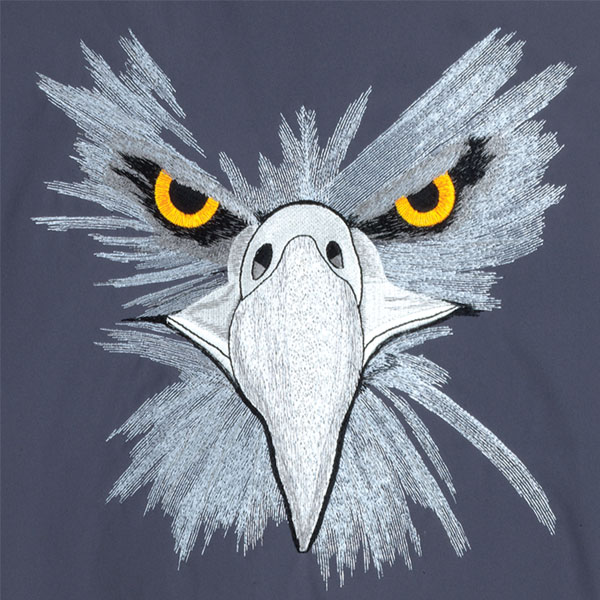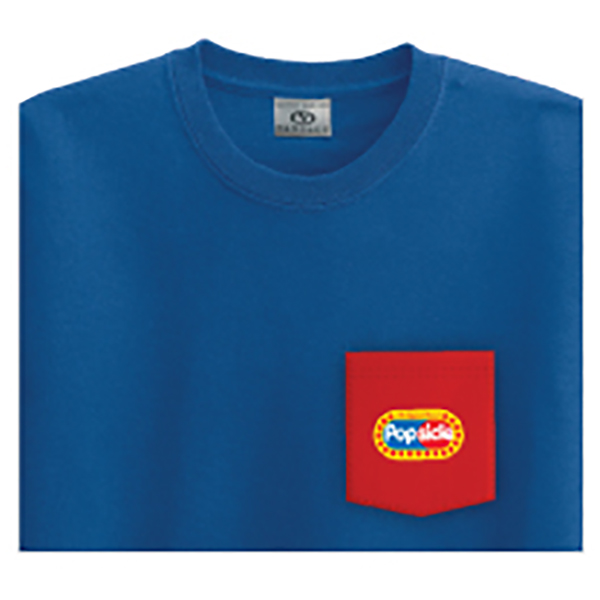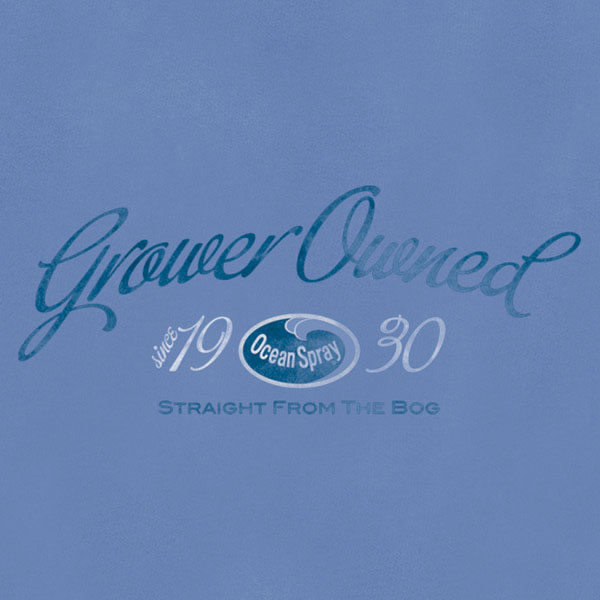AIR-JET TEXTURED NYLON: A very high filament fabric in which yarns are propelled through a shed by means of a jet of air at high speeds giving it a very soft texture.
BROADCLOTH: A fine, closely woven, lustrous cotton or cotton/poly blend made in plain weave.
CANVAS: A fabric usually made from cotton, flax, hemp, or jute in heavier weights, plain or double-end plain weaves, featuring strength and firmness.
CHAMBRAY: A plain woven fabric, most commonly in cotton, incorporating a colored warp (often blue) and white filling yarns.
CIRCULAR KNIT (Tubular): Fabric knit on circular needle-bed knitting machine which produces fabric in tubular form.
DENIM: A twill weave fabric made with different colored yarns in the warp and the weft. Due to the twill construction, the warp color predominates on the fabric surface.
DOUBLE-TUCK PIQUE: A pique knit fabric with a tuck stitch, where two loops are formed in a single loop, creating a mesh pattern.
END-ON-END: A fabric in which white or contrast color threads are interwoven alternately with colored threads to produce a subtle textured effect.
FAILLE: A soft, finely-ribbed woven fabric made using heavier yarns in the cross-grain to produce a horizontal, ribbed effect.
FLANNEL: A plain or twill weave fabric that has a very soft hand, brushed on both sides to lift the fiber ends out of the base fabric and create a soft, fuzzy surface. End-uses of this popular method include shirts, linings, and pajamas.
FLEECE: A soft bulky fabric with deep pile; used chiefly for clothing.
HERRINGBONE: A variation on the twill weave construction in which the twill is reversed, or broken, at regular intervals, producing a zigzag effect.
HOUNDSTOOTH CHECK: A variation on the twill weave construction in which a broken check effect is produced, utilizing at least two different colored yarns.
JACQUARD: A specialty fabric of intricate weave or knit pattern.
JERSEY: A single knit fabric with a smooth, flat face, and a more textured, but uniform back, may be produced on either circular or flat knitting machines.
KNIT: Fabric formed by interloping one or more strands of yarn by the use of knitting needles. The vertical rows of loops are called “wales”; horizontal rows of loops are called “courses”. Changing the loop arrangement will produce a variety of knit constructions or stitches, such as pique, interlock, jersey, rib, etc.
MESH: A type of fabric characterized by its net-like open appearance, and the spaces between the yarns; available as a woven or knits.
MICROSUEDE: Woven fabric made from microfiber yarns that are napped and sheared to provide a ‘suede-effect’.
MILANO KNIT: Identified by a fine rib effect on the face of the fabric.
OTTOMAN KNIT: A warp-faced fabric showing a bold weftwayrib effect on the face.
OXFORD: A lightweight woven fabric in a 2 x 1 basket weave variation of the plain weave construction. The fabric is used primarily in shirts.
PIQUE: A knit fabric distinguished as a waffle or honeycomb surface effect.
POPLIN: A fabric made using a rib variation of the plain weave, having a slight ridge effect in the filling direction.
QUILTING: Two or more layers of fabric which have been stitched through, often with batting. The stitching forms a pattern, most commonly a square or diamond shape.
RIB KNIT: Rib knits have a very high degree of elasticity in the crosswise direction. This knitted fabric is commonly used for sleeve cuffs, neckbands/collars, and sweater waistbands. Rib knits provide a close, body-hugging fit.
RIP-STOP: Large rib yarns in this plain weave fabric stop tears without adding excess weight to active sportswear fabric.
TAFFETA: A lustrous plain weave fabric commonly used for linings and windbreakers.
TERRY CLOTH: A pile weave fabric with uncut loops on the surface. Typical uses include towels, robes, and apparel.
TERRY VELOUR: A pile weave fabric with an uncut loops on one side and a cut pile on the reverse side, having a soft, luxurious hand. Commonly used for toweling and robe fabrics
TWILL WEAVE: A basic weave in which the fabrics are constructed by interlacing warp and filling yarns to create a diagonal effect on the face of the fabric.
WOVEN: Fabric formed with two sets of yarns which are interlaced together on a loom. Yarns in the length direction are called “ends” or “warp”; yarns in the width direction are called “picks” or “weft”. Changing the interlacing will produce a variety of weave constructions, such as plain weave, twill, dobby, jacquard, etc.































